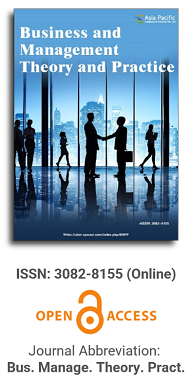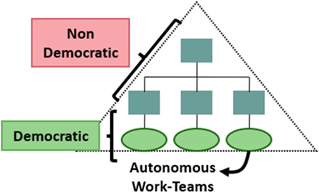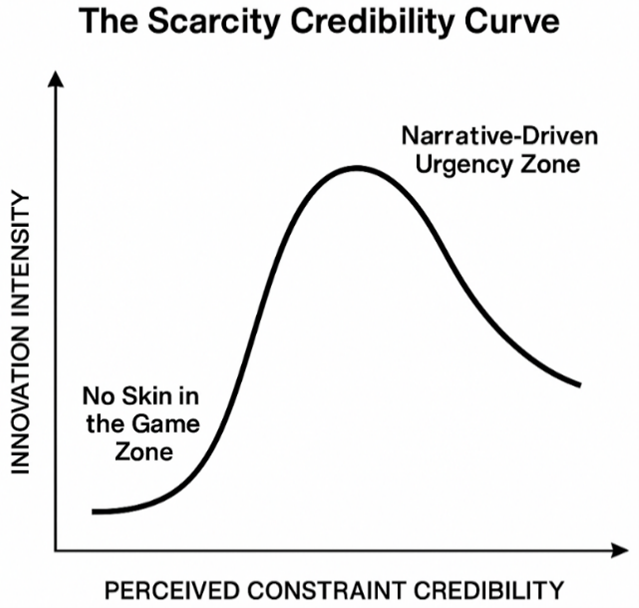
Asia Pacific Academy of Science Pte. Ltd. (APACSCI) specializes in international journal publishing. APACSCI adopts the open access publishing model and provides an important communication bridge for academic groups whose interest fields include engineering, technology, medicine, computer, mathematics, agriculture and forestry, and environment.


Editorial comments on papers in Volume 2 Issue 2 of BMTP
Vol 2, Issue 2, 2025
Download PDF
Abstract
In an era of unprecedented volatility, rapid technological advancement, and heightened global awareness, the business landscape is in a state of perpetual flux. The traditional paradigms that once offered stability are now being rigorously tested and, in some cases, completely reimagined. Our journal aims to provide a platform for insightful and forward-looking research.
This issue brings together a diverse collection of articles that collectively illuminate the tensions and synergies shaping contemporary organizations. From the micro-level intricacies of communication to the macro-level imperatives of sustainability, our authors examine how organizations are adapting—or failing to adapt—to this new reality. This editorial weaves a narrative through these contributions, highlighting three core themes: the nuanced impact of the digital imperative, the strategic reevaluation of organizational structure and innovation, and the enduring centrality of communication, responsibility, and stakeholder trust.
References
1. Jones P, Wynn M. Artificial intelligence in retailing: Strategic implications and key areas of concern. Business and Management Theory and Practice. 2025; 2(2): 3180. doi: 10.54517/bmtp3180
2. Wang KH, Tai YH, Shia BC, Chen M. Exploring consumer purchasing behavior: Business insights for precision marketing. Business and Management Theory and Practice. 2025; 2(2): 3216. doi: 10.54517/bmtp3216
3. Zhang X, Dong Z. The impact of enterprise digital transformation on management tone manipulation and its ‘double-edged sword’ effect. Business and Management Theory and Practice. 2025; 2(2): 2994. doi: 10.54517/bmtp2994
4. Estragó A. Alternatives to bureaucracy based on worker participation and horizontal management: Why do they work? Business and Management Theory and Practice. 2025; 2(2): 3263. doi: 10.54517/bmtp3263
5. George B. Beyond scarcity theater: Designing innovation systems around authentic constraints. Business and Management Theory and Practice. 2025; 2(2): 3678. doi: 10.54517/bmtp3678
6. Joshi A, Lakhwani RM, Rajamohanan D. The success of Domino’s strategy: ‘Buy 1, Get 1 Free’ (BOGO). Business and Management Theory and Practice. 2025; 2(2): 3164. doi: 10.54517/bmtp3164
7. Mahdieh O, Trevethan R. Theoretical speculations versus empirical realities: Assessing the van Ruler model of communication. Business and Management Theory and Practice. 2025; 2(2): 3353. doi: 10.54517/bmtp3353
8. A Jedidi, Hadriche M. Determinants of corporate social responsibility in Tunisian context. Business and Management Theory and Practice. 2025; 2(2): 3210. doi: 10.54517/bmtp3210
9. Zhao Y, Yang Y. Sustainability target setting and incentive design: A literature review. Business and Management Theory and Practice. 2025; 2(2): 3134. doi: 10.54517/bmtp3134
Supporting Agencies
Copyright (c) 2025 Kai Wu

This work is licensed under a Creative Commons Attribution 4.0 International License.

This site is licensed under a Creative Commons Attribution 4.0 International License (CC BY 4.0).

Macau University of Science and Technology, Macau




.jpg)
.jpg)
